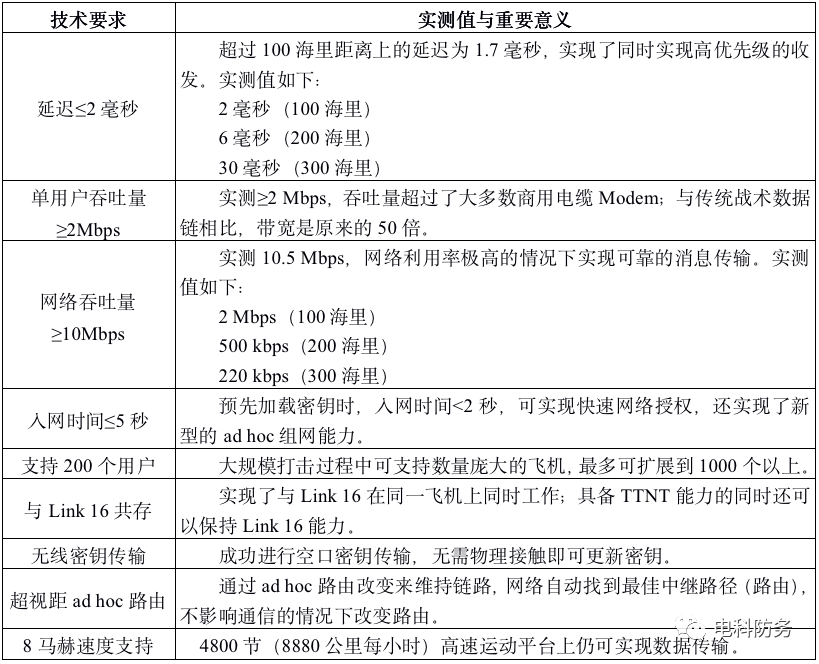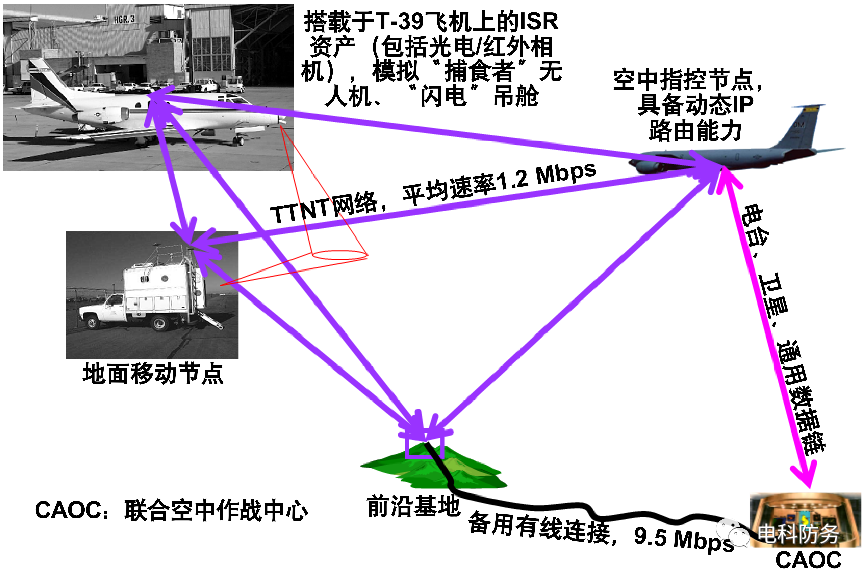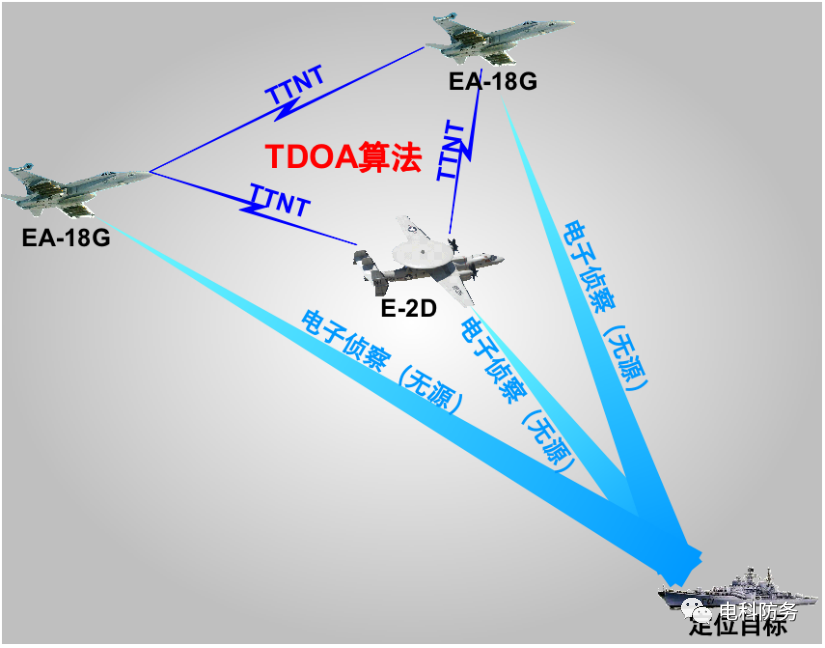


Think Tank Highlights #GlobalDefenseDynamics #USMilitaryDynamics #RussianMilitaryDynamics #TaiwanSituation #WeChatStoreForSale
#SouthKorea #Raytheon #Japan #ElectronicWarfare #NortheastAsiaMilitaryDynamics #Unmanned


1. Overview

Table 1 TTNT Network Technical Requirements and Measured Conditions

2. Key Technologies
1.
Statistical Priority Multiple Access (SPMA)

Figure 2 Technical Requirements and Measured Conditions of TTNT Network
2.
Counter-espionage and Anti-jamming Technology
3. Development History
Table 2 Important Events in the TTNT Development Process

4. Overview of Demonstration and Validation
1.
Joint Expeditionary Force Exercise in 2004 and 2005

2.
2005 IP-based Core Technology Flight Demonstration
3.
Joint Expeditionary Force Exercise in 2006
4.
Joint Expeditionary Force Exercise in 2008
5.
Joint Expeditionary Force Exercise in 2010
6.
X-47B Drone Carrier TTNT Demonstration in 2013

7.
Fleet Experiment in 2013

8.
Networked Sensor Exercise in 2017
Reprint Statement



